
Security Automation Market Growth, Size, Trends, Analysis and Segment Forecast to 2034
Global Security Automation Market Growth, Size, Trends Analysis - By Offering, By Technology, By Deployment Mode, By Application, By Vertical - Regional Outlook, Competitive Strategies and Segment Forecast to 2034
| Published: Oct-2025 | Report ID: IACT25189 | Pages: 1 - 244 | Formats*: |
| Category : Information & Communications Technology | |||
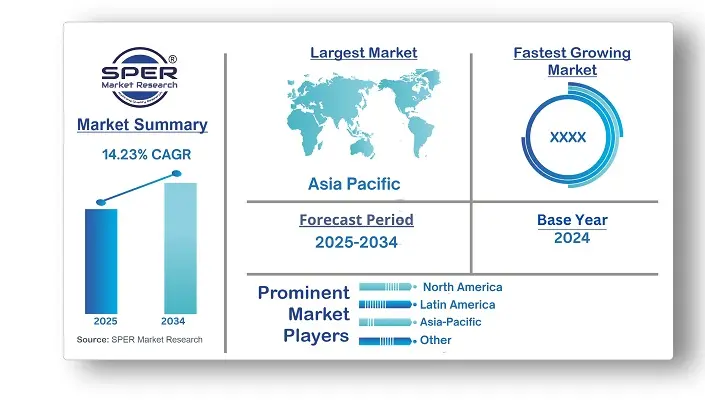
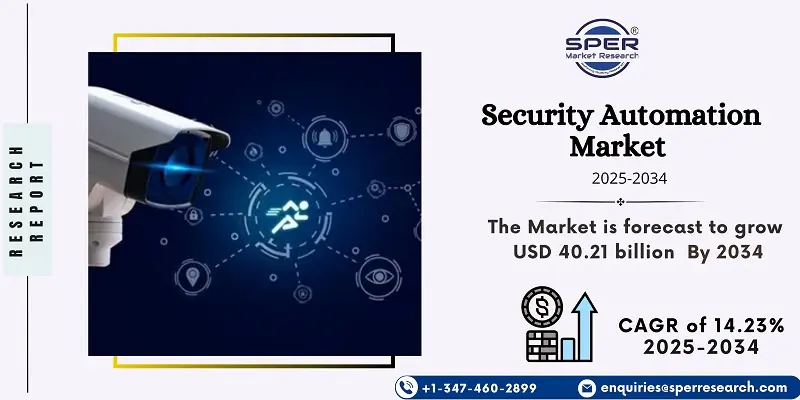
| Report Metric | Details |
| Market size available for years | 2021-2034 |
| Base year considered | 2024 |
| Forecast period | 2025-2034 |
| Segments covered | By Offering, By Technology, By Deployment Mode, By Application, By Vertical |
| Regions covered | North America, Latin America, Asia-Pacific, Europe, and Middle East & Africa |
| Companies Covered | CyberArk Software Ltd, CrowdStrike, Cisco Systems, Inc, Palo Alto Networks, IBM Corporation, Red Hat, Inc, Secureworks, Inc, Splunk Inc, Swimlane Inc, Tufin. |
- Global Security Automation Market Size (FY’2021-FY’2034)
- Overview of Global Security Automation Market
- Segmentation of Global Security Automation Market By Offering (Solutions, Services)
- Segmentation of Global Security Automation Market By Technology (AI & ML, Predictive Analytics, Robotic Process Automation, User & Entity Behaviour Analytics, Others)
- Segmentation of Global Security Automation Market By Deployment Mode (Cloud, On-premises)
- Segmentation of Global Security Automation Market By Application (Network Security, Endpoint Security, Incident Response Management, Vulnerability Management, Identity and Access Management, Compliance and Policy Management, Data Protection and Encryption, Others)
- Segmentation of Global Security Automation Market By Vertical (BFSI, Manufacturing, Media & Entertainment, Healthcare & Life Sciences, Energy & Utilities, Government & Defence, Retail & E-commerce, IT & ITES, Others)
- Statistical Snap of Global Security Automation Market
- Expansion Analysis of Global Security Automation Market
- Problems and Obstacles in Global Security Automation Market
- Competitive Landscape in the Global Security Automation Market
- Details on Current Investment in Global Security Automation Market
- Competitive Analysis of Global Security Automation Market
- Prominent Players in the Global Security Automation Market
- SWOT Analysis of Global Security Automation Market
- Global Security Automation Market Future Outlook and Projections (FY’2025-FY’2034)
- Recommendations from Analyst
1.1.Scope of the report1.2.Market segment analysis
2.1.Research data source2.1.1.Secondary Data2.1.2.Primary Data2.1.3.SPERs internal database2.1.4.Premium insight from KOLs2.2.Market size estimation2.2.1.Top-down and Bottom-up approach2.3.Data triangulation
4.1.Driver, Restraint, Opportunity and Challenges analysis
4.1.1.Drivers4.1.2.Restraints4.1.3.Opportunities4.1.4.Challenges
5.1.SWOT Analysis5.1.1.Strengths5.1.2.Weaknesses5.1.3.Opportunities5.1.4.Threats5.2.PESTEL Analysis5.2.1.Political Landscape5.2.2.Economic Landscape5.2.3.Social Landscape5.2.4.Technological Landscape5.2.5.Environmental Landscape5.2.6.Legal Landscape5.3.PORTERs Five Forces5.3.1.Bargaining power of suppliers5.3.2.Bargaining power of buyers5.3.3.Threat of Substitute5.3.4.Threat of new entrant5.3.5.Competitive rivalry5.4.Heat Map Analysis
6.1.Global Earthmoving Equipment Market Manufacturing Base Distribution, Sales Area, Product Type6.2.Mergers & Acquisitions, Partnerships, Product Launch, and Collaboration in Global Earthmoving Equipment Market
7.1.Excavators7.2.Loaders7.3.Backhoes7.4.Compaction Equipment7.5.Others
8.1.Construction8.2.Underground mining8.3.Surface mining
9.1.Global Earthmoving Equipment Market Size and Market Share
10.1.Asia-Pacific10.1.1.Australia10.1.2.China10.1.3.India10.1.4.Japan10.1.5.South Korea10.1.6.Rest of Asia-Pacific10.2.Europe10.2.1.France10.2.2.Germany10.2.3.Italy10.2.4.Spain10.2.5.United Kingdom10.2.6.Rest of Europe10.3.Middle East and Africa10.3.1.Kingdom of Saudi Arabia10.3.2.United Arab Emirates10.3.3.Qatar10.3.4.South Africa10.3.5.Egypt10.3.6.Morocco10.3.7.Nigeria10.3.8.Rest of Middle-East and Africa10.4.North America10.4.1.Canada10.4.2.Mexico10.4.3.United States10.5.Latin America10.5.1.Argentina10.5.2.Brazil10.5.3.Rest of Latin America
11.1.Volvo Construction Equipment11.1.1.Company details11.1.2.Financial outlook11.1.3.Product summary11.1.4.Recent developments
11.2.CASE Construction Equipment
11.2.1.Company details11.2.2.Financial outlook11.2.3.Product summary11.2.4.Recent developments11.3.Caterpillar Inc11.3.1.Company details11.3.2.Financial outlook11.3.3.Product summary11.3.4.Recent developments11.4.Komatsu Ltd11.4.1.Company details11.4.2.Financial outlook11.4.3.Product summary11.4.4.Recent developments11.5.Liebherr Group11.5.1.Company details11.5.2.Financial outlook11.5.3.Product summary11.5.4.Recent developments11.6.Bobcat Company11.6.1.Company details11.6.2.Financial outlook11.6.3.Product summary11.6.4.Recent developments11.7.LCB11.7.1.Company details11.7.2.Financial outlook11.7.3.Product summary11.7.4.Recent developments11.8.Doosan Infracore Co., Ltd11.8.1.Company details11.8.2.Financial outlook11.8.3.Product summary11.8.4.Recent developments11.9.SANY Group11.9.1.Company details11.9.2.Financial outlook11.9.3.Product summary11.9.4.Recent developments11.10.XCMG Group11.10.1.Company details11.10.2.Financial outlook11.10.3.Product summary11.10.4.Recent developments11.11.Others
SPER Market Research’s methodology uses great emphasis on primary research to ensure that the market intelligence insights are up to date, reliable and accurate. Primary interviews are done with players involved in each phase of a supply chain to analyze the market forecasting. The secondary research method is used to help you fully understand how the future markets and the spending patterns look likes.
The report is based on in-depth qualitative and quantitative analysis of the Product Market. The quantitative analysis involves the application of various projection and sampling techniques. The qualitative analysis involves primary interviews, surveys, and vendor briefings. The data gathered as a result of these processes are validated through experts opinion. Our research methodology entails an ideal mixture of primary and secondary initiatives.
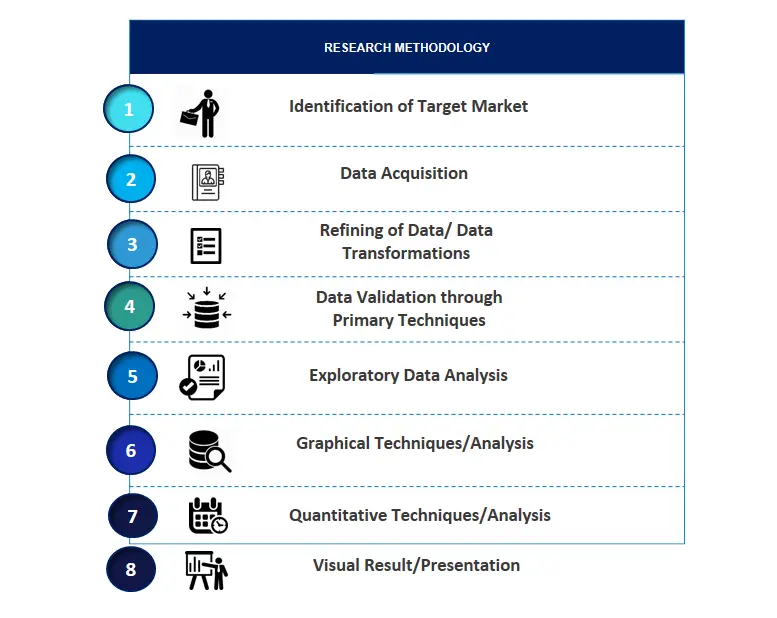
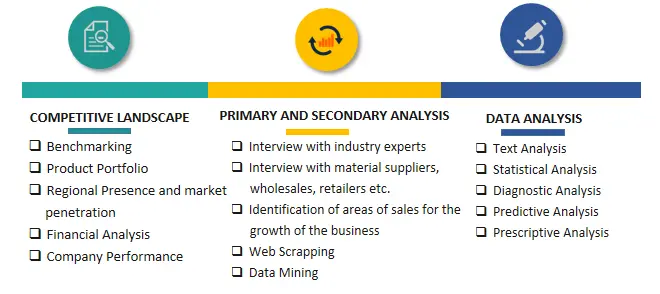

Frequently Asked Questions About This Report
PLACE AN ORDER
Year End Discount
Sample Report
Pre-Purchase Inquiry
NEED CUSTOMIZATION?
Request CustomizationCALL OR EMAIL US
100% Secure Payment

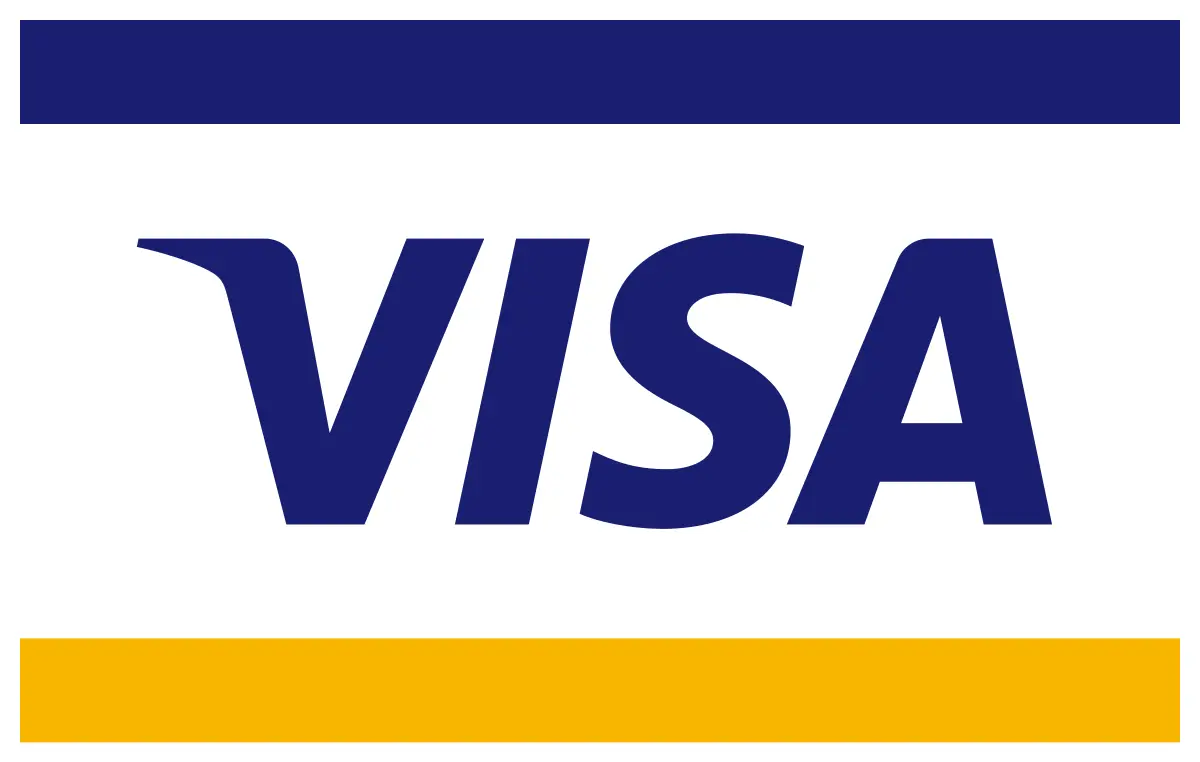




Related Reports
Our Global Clients
Our data-driven insights have influenced the strategy of 200+ reputed companies across the globe.






















